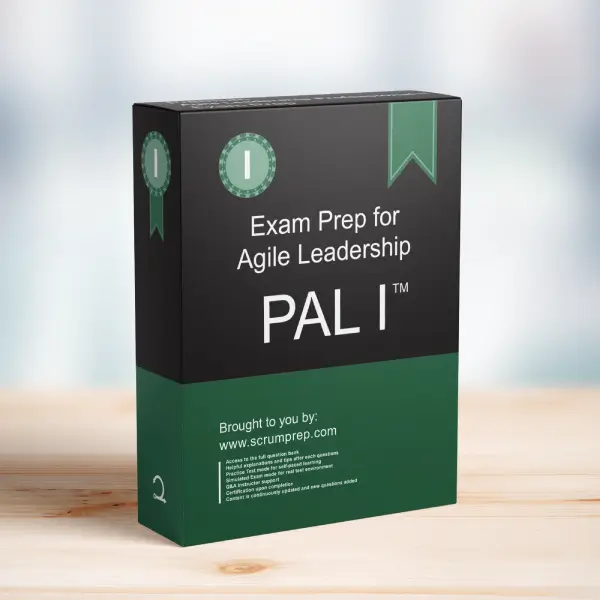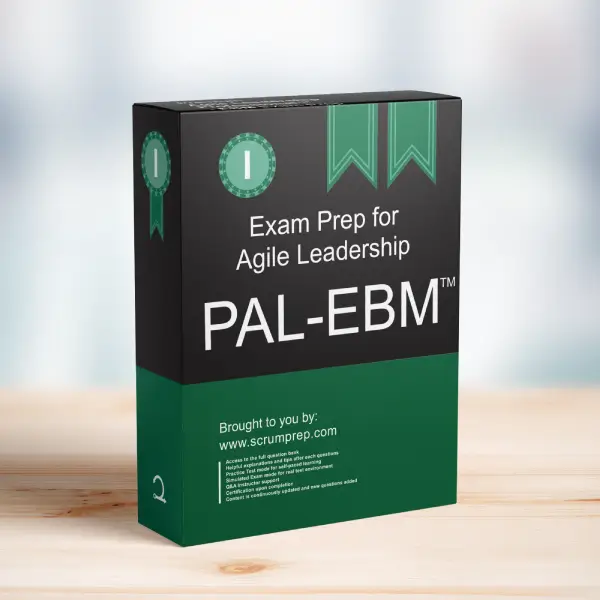Ensuring Scalability Testing in Agile Development
Access to a “production-like” test environment is crucial for teams to assess the scalability of their applications during development. This article explores strategies to provide Agile teams with the necessary testing environments.
Exam Question
You manage a product development organization. Some of your teams determine that they need access to a “production-like” test environment so that they can assess the scalability of their application as they build it. Current processes stipulate that expensive “production-like” test environments are only available as part of final application acceptance testing, just prior to releasing the application to production. Earlier access is not possible because other teams are using the pre-production test environments. Which two of the following strategies would you pursue?
(choose the two best answers)
A. Tell the teams to do their best with their current test environment, simulating production as much as possible. Then release the product and let the customer determine if the product can scale.
B. You help them find someone who can help them with setting up testing and simulation software that can partially emulate the “production-like” test environment.
C. They should add additional time to the release schedule to account for the additional testing and rework the team will have to do when they find defects late in the delivery cycle. Set stakeholder expectations accordingly.
D. You work with the teams to develop a business case for procuring or gaining access to the necessary environment for validating the scalability of the product.
Correct Answers
A. Tell the teams to do their best with their current test environment, simulating production as much as possible. Then release the product and let the customer determine if the product can scale.
B. You help them find someone who can help them with setting up testing and simulation software that can partially emulate the “production-like” test environment.
Explanation
Correct Answers
A. Tell the teams to do their best with their current test environment, simulating production as much as possible. Then release the product and let the customer determine if the product can scale:
This approach acknowledges the constraints of the current environment and encourages the teams to make the best use of what they have. While not ideal, it allows the teams to proceed with their development and testing cycles, and any scalability issues can be identified post-release through customer feedback. This can be a temporary measure until a more robust solution is found.
B. You help them find someone who can help them with setting up testing and simulation software that can partially emulate the “production-like” test environment:
This approach provides a practical interim solution. By setting up testing and simulation software, teams can emulate a production-like environment to a certain extent, allowing them to assess scalability and other critical performance factors during the development phase. This minimizes the risks of finding scalability issues late in the delivery cycle and helps maintain continuous progress.
Incorrect Answers
C. They should add additional time to the release schedule to account for the additional testing and rework the team will have to do when they find defects late in the delivery cycle. Set stakeholder expectations accordingly:
While adding time to the schedule can accommodate additional testing, it does not solve the problem of not having access to a production-like environment. This approach might lead to delays and does not address the root issue.
D. You work with the teams to develop a business case for procuring or gaining access to the necessary environment for validating the scalability of the product:
Although developing a business case is a valid long-term strategy, it does not provide an immediate solution to the problem. It may take significant time to secure the necessary resources and access, which could delay current projects.
Agile Leadership Insights
- Practical Solutions: Encourage teams to make the best use of available resources and simulate production environments as closely as possible.
- Interim Measures: Implement interim solutions such as testing and simulation software to partially emulate production environments.
- Long-term Planning: Consider developing a business case for future improvements, but prioritize immediate practical solutions.
Relevance to the PAL I Exam
Understanding how to manage resource constraints and provide practical solutions for scalability testing is crucial for the PAL I exam. This knowledge demonstrates the ability to balance immediate needs with long-term planning in an Agile environment.
Key Takeaways
- Encourage teams to make the best use of their current test environments and simulate production as much as possible.
- Implement interim solutions such as testing and simulation software to partially emulate production environments.
- Balance immediate practical solutions with long-term planning for future improvements.
Conclusion
When faced with constraints on accessing production-like test environments, encourage teams to make the best use of their current resources and simulate production as closely as possible. Implementing interim solutions such as testing and simulation software can help address immediate needs while considering long-term improvements. For more information on preparing for the PAL I exam, visit our Professional Agile Leadership PAL I™ Exam Prep.





